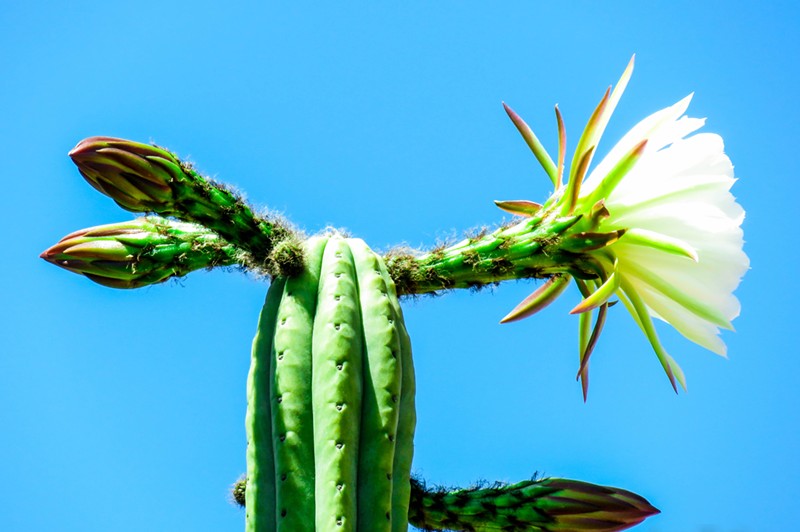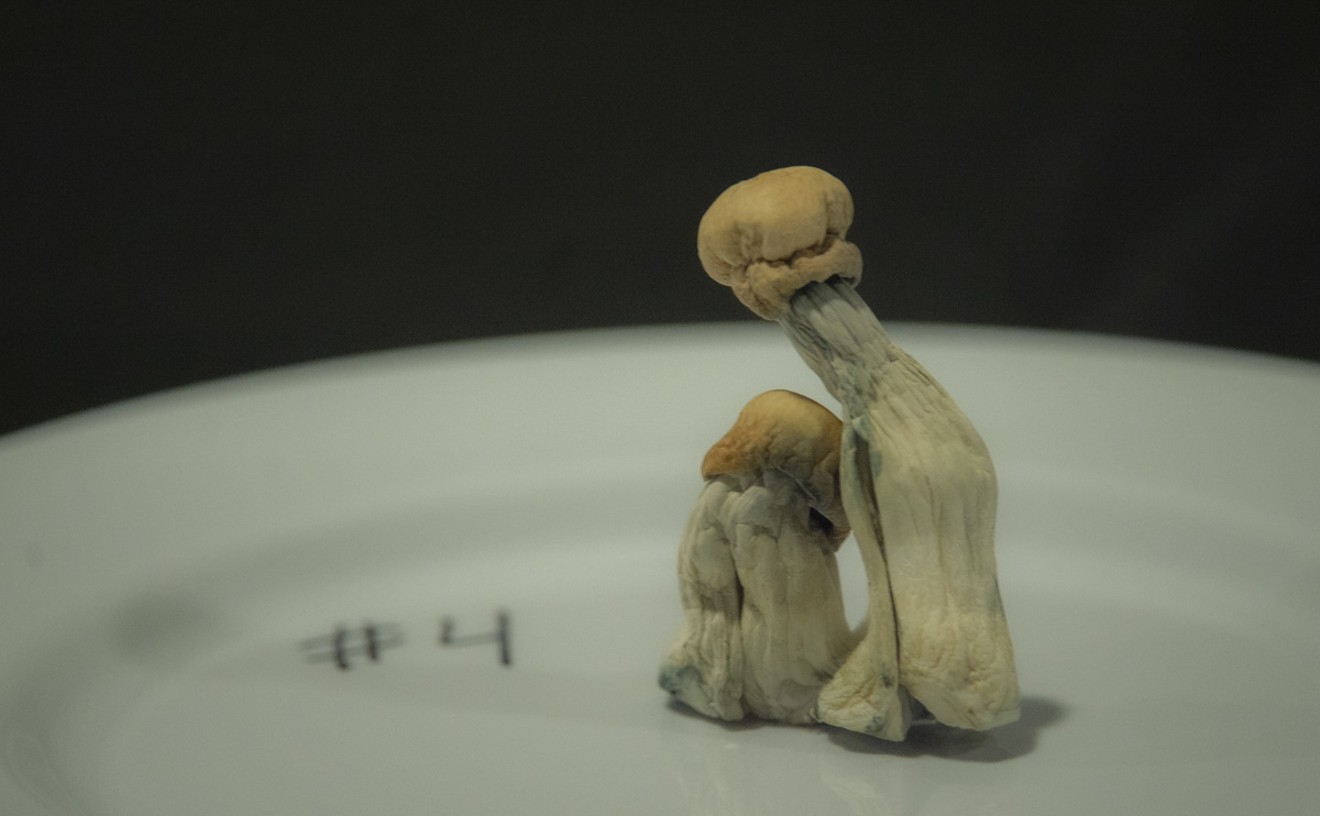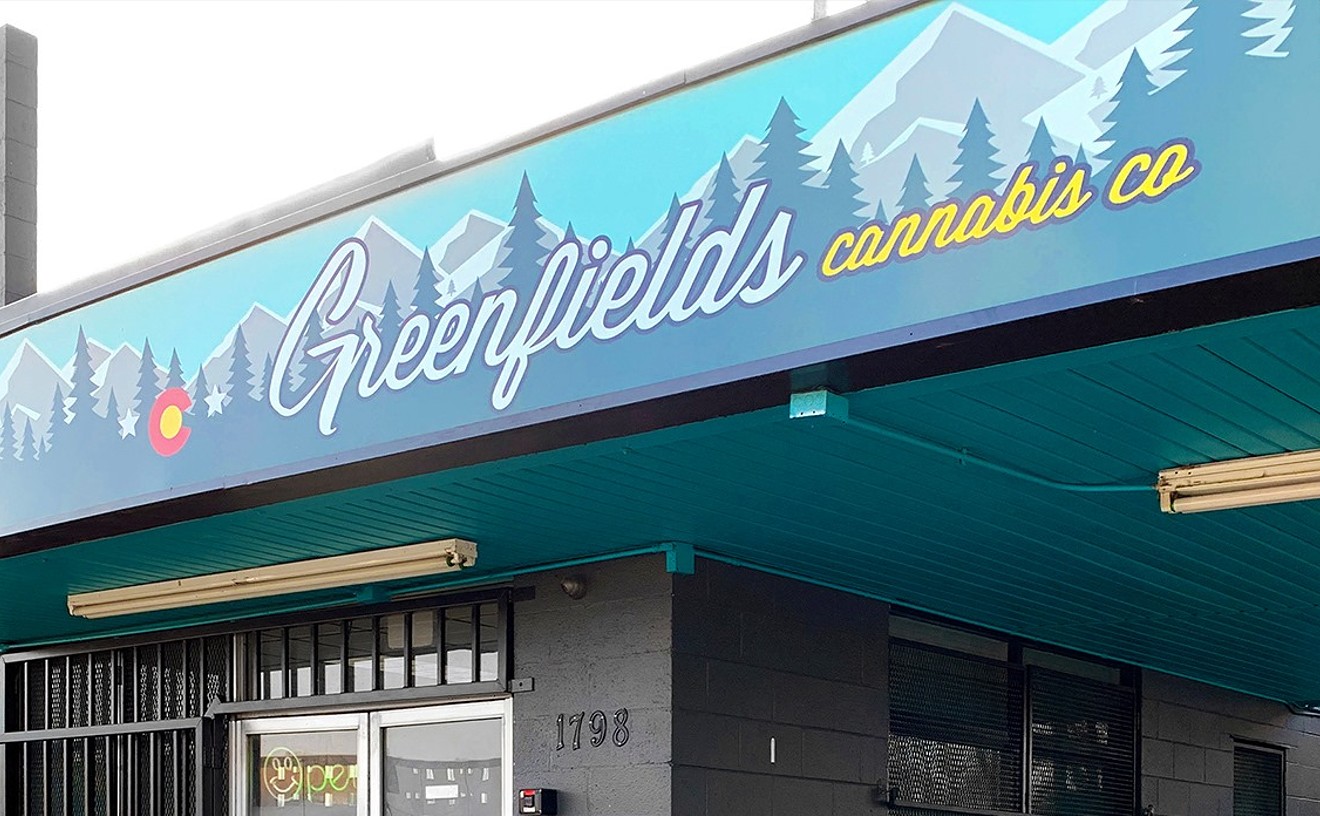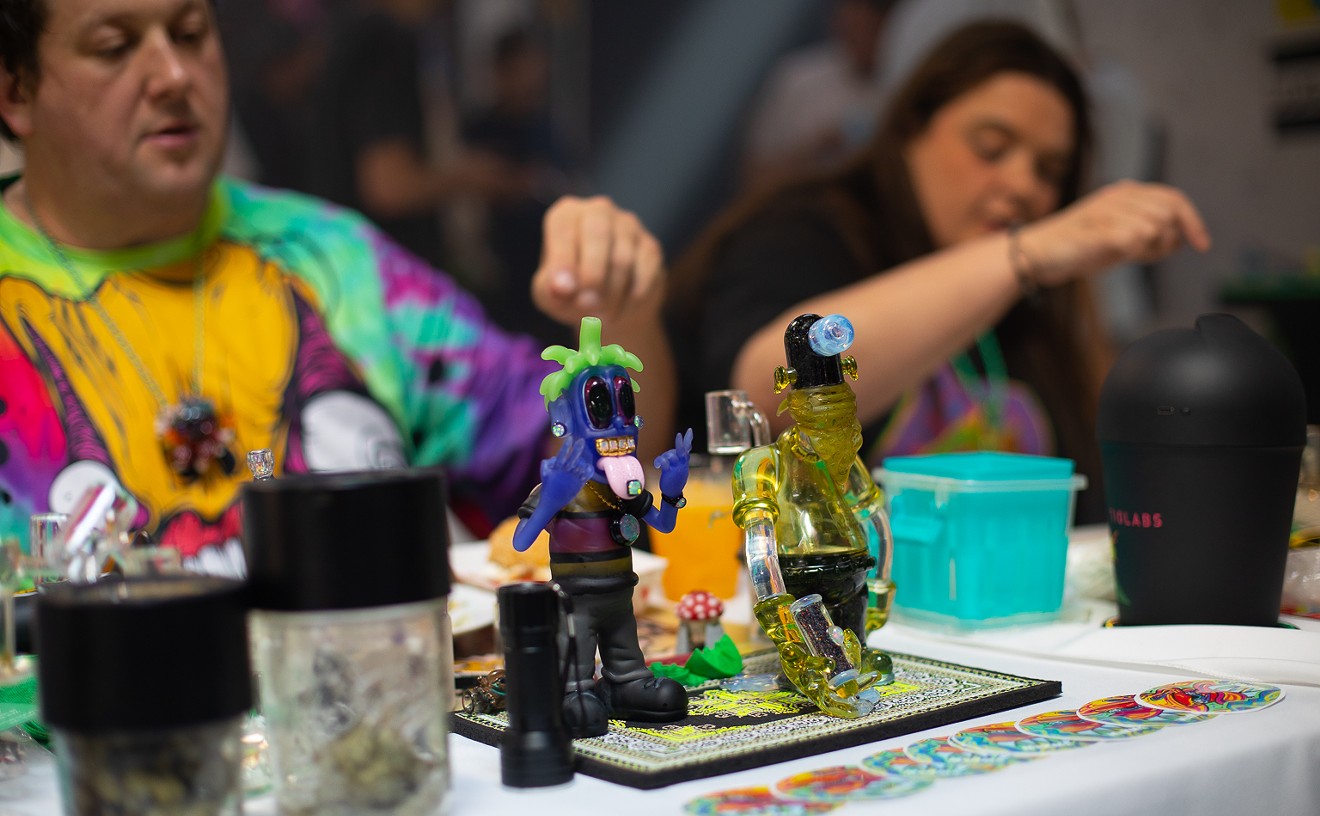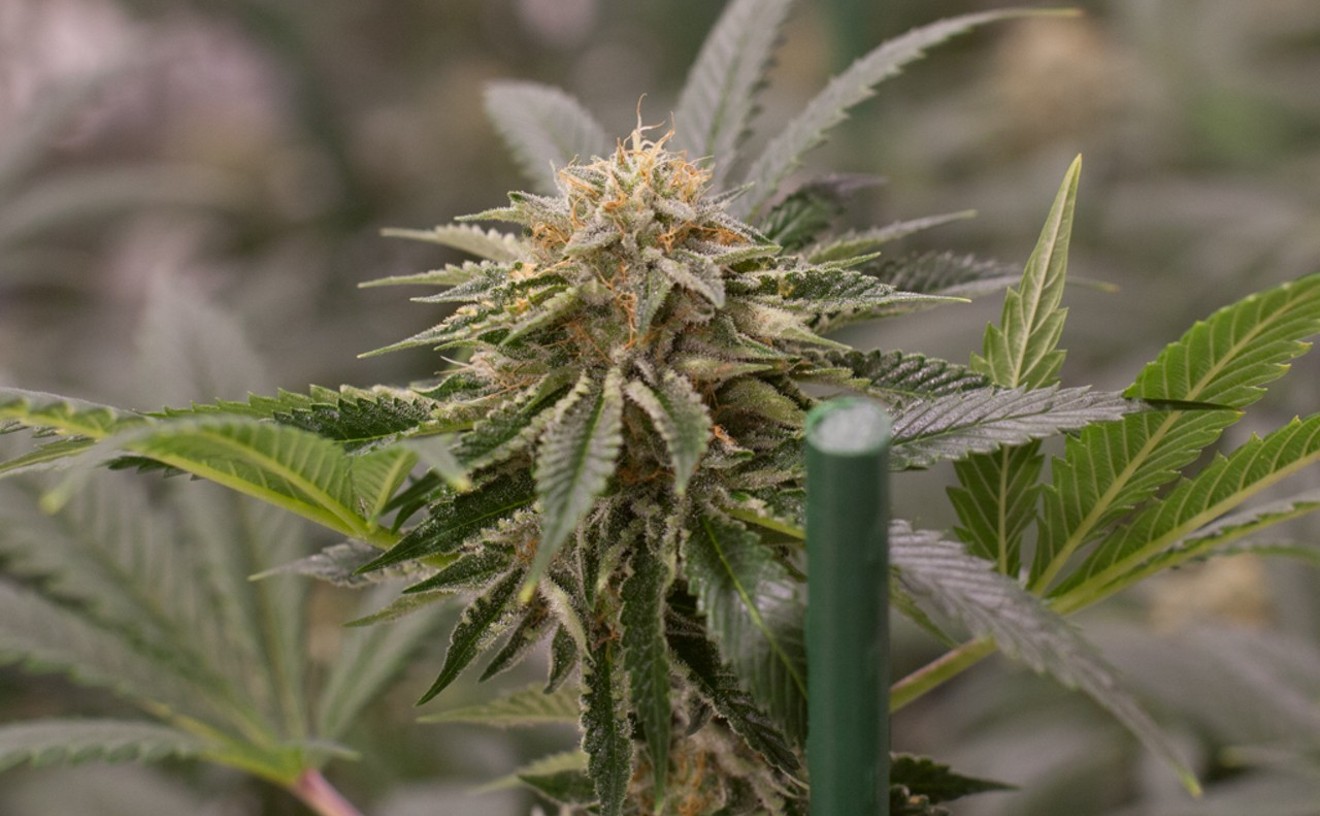Although the new laws don't allow for dispensaries or the kind of retail sales made possible for cannabis by the passage of Amendment 64 back in 2012, Colorado will see medical psilocybin clinics open later this year or in 2024, and more substances could be joining the legal landscape. When combined with psychotherapy, natural medicine reportedly has the potential to combat addiction, depression, post-traumatic stress and other profound mental challenges that plague today’s society.
The five substances decriminalized by Prop 122 share a few things in common: They’re psychedelic, entheogenic and have been used around the world to facilitate psychological introspection and spiritual exploration. But as we welcome psychedelic mushrooms, DMT, ibogaine and mescaline into our society, what should we know about the psychedelic aspects of each substance?
Here is a quick rundown of the basic distinctions between each natural medicine now decriminalized in Colorado:
Psilocybin and Psilocin
We'll start with psilocybin and psilocin mushrooms, since that's what led the march to psychedelic decriminalization in Colorado. Though psilocybin gets all the shine in articles and media, psilocin is actually what the digestive tract converts psilocybin into, so psilocin contributes to the psychedelic effect that psilocybe mushrooms are known for. This isn’t to say that psilocybin isn’t also psychoactive, but because most of us are orally ingesting psilocybe mushrooms, psilocin is primarily responsible for the psychoactive effects we experience. These tend to last several hours after the metabolite enters the brain via the same receptors as serotonin, thereby impacting some of the default aspects of our brain network, like how we interpret colors and experiences.DMT
In contrast with psilocybe mushrooms, which can cause an hours-long trip depending on the dose, DMT (short for dimethyltryptamine) trips are quick from onset to finish, lasting five to twenty minutes — although the experience might feel like it lasts much longer for the user. Often isolated and inhaled, DMT is also found as a primary constituent in ayahuasca, a ritualistic drink blend derived from the caapi plant, known for bringing about spiritual or mystical experiences that oftentimes involve vivid geometric hallucinations and otherworldly projections. Like many hallucinogens, DMT works within the serotonin receptor network. However, instead of binding to and activating serotonin receptors like psilocin, DMT works by blocking the action of serotonin in the brain. This increases serotonin in your system, resulting in increased overall brain connectivity in the short term and quite the otherworldly experience.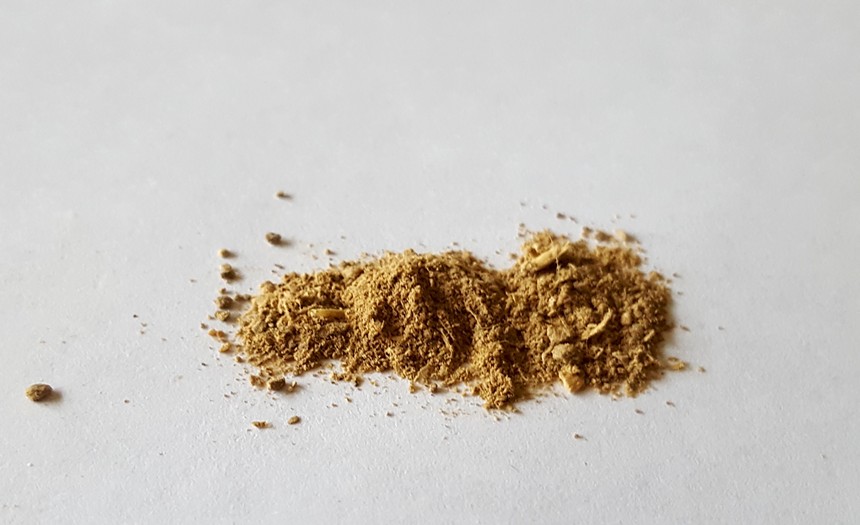
Ibogaine is drawing interest from Colorado lawmakers for its potential role in opioid addiction treatment.
Flickr/Dominic Milton Trott
Ibogaine
Much lesser known is ibogaine, an indole alkaloid extracted from a species of the plant family iboga. Ibogaine interacts with both opioid and serotonin receptors when ingested, but there is a pharmacological draw to ibogaine due to its affinity for opioid receptors. A handful of experts continue to explore ibogaine’s increasing potential to counter opioid dependence by generating a kind of factory reset on opioid receptors. This has caught the attention of Colorado lawmakers, who earlier this year created a pathway toward clinical ibogaine therapy similar to that of psilocybin. Long before scientists saw the value in ibogaine, though, it had been and continues to be used for ceremonial purposes by Indigenous people of west central Africa as a ritualistic hallucinogen. The trip can last several hours and impact everything from motor function to interpretation of reality.Mescaline (excluding Peyote)
Yet another psychedelic substance that predominantly binds to the serotonin receptor, mescaline is characterized by strong visions and radically vivid experiences of sights and sounds. The effects of mescaline can last anywhere from half a day to an entire day depending on dosage. There are a few cactus plants that produce mescaline naturally, but it is primarily associated with peyote, which is used to this day by Native Americans for religious and ceremonial purposes. Peyote is not included in the Prop 122 literature, because it’s becoming increasingly endangered as psychedelic interests increase and land developments threaten native peyote environments. But other cacti, such as the San Pedro cactus, also produce mescaline.As the door opens to a psychedelic renaissance in Colorado, additional regulatory measures will be taken to ensure public health and safety, including personal possession limits and laws against wide distribution. For now, it’s important to note that many of the natural medicines listed above have resulted in serious scenarios when used incorrectly or without proper oversight, and should be treated with care and consideration.

